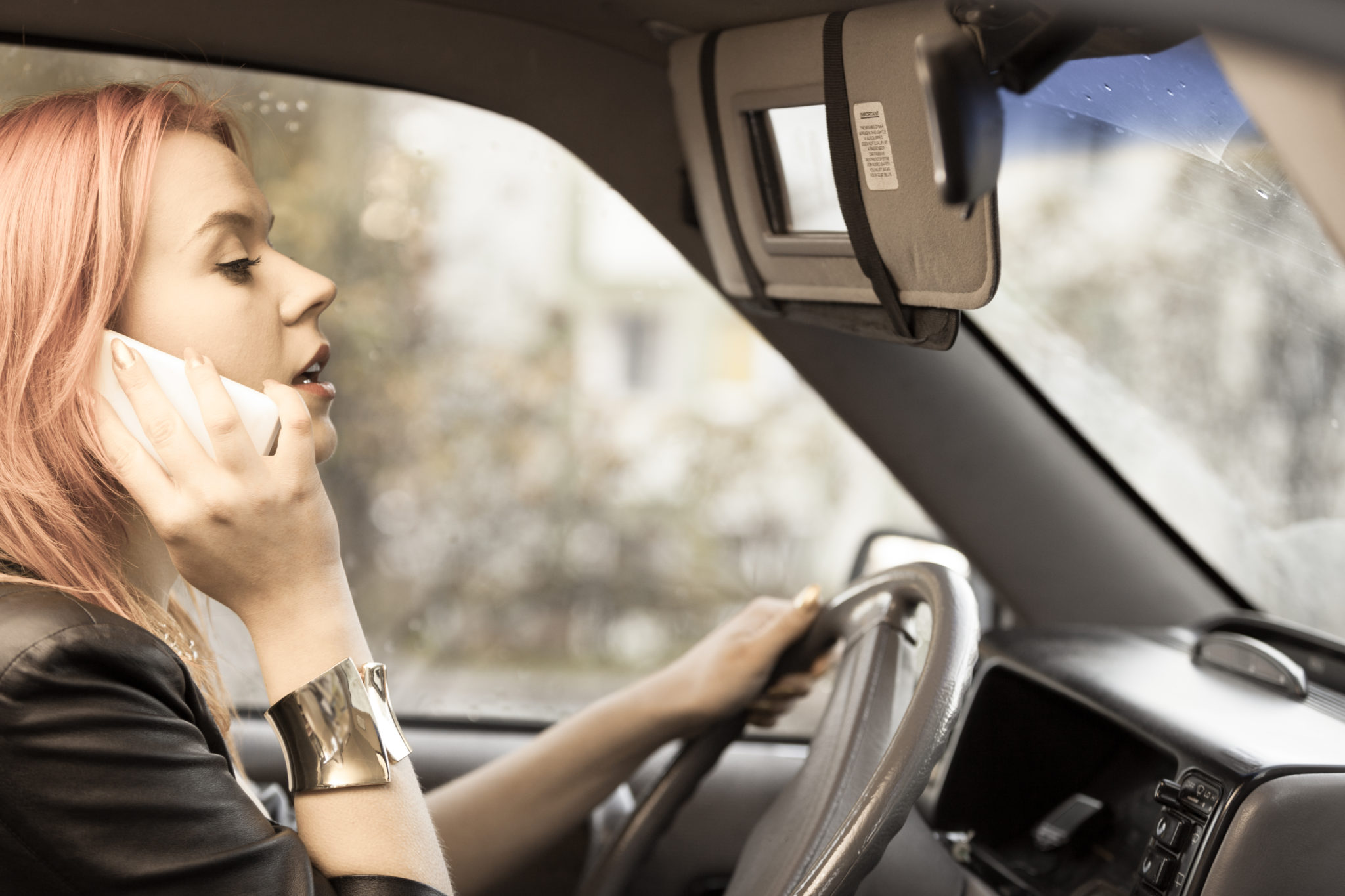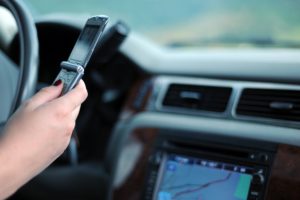Earning a driver’s license is one of the first milestones on the path toward adulthood for most teenagers. It is also one of the most dangerous. Teenagers are at a greater risk of being involved in a car accident than any other age group according to the CDC.Teens are more likely to take risks older drivers wouldn’t; they’re more likely to speed and tailgate, and less likely to use seat belts. Driving a car is a rite of passage into adulthood and should be a fun and positive experience. Keep your teen driver safe on the road with these helpful tips:
Set the standard for seatbelt use
Long before your child gets behind the wheel, make sure they know they always have to wear a seatbelt. Driver or passenger, front seat or back, everyone in the car should be wearing a seatbelt at all times.
Turn the phone off
This means no texting, no phone calls, no social media. Distracted driving is one of the most common factors in car accidents. Texting while driving is particularly dangerous. According to the DMV, research shows texting while driving causes a loss of focus for over 4 seconds. On the road, a lot can change in the blink of an eye, let alone 4 seconds.
Minimize other distractions
Eating in the car, flipping through radio stations, talking to friends, and even listening to loud music all impair your ability to assess the world around you and react to it. Tell your teenager that eating and drinking in the car is prohibited, limit the number of passengers allowed, and let them know you expect them to keep their focus on the road at all times.
Set an early driving curfew
Driving after dark is one of the danger zones for teen drivers. According to the Insurance Institute for Highway Safety, the fatal crash rate of teenagers is about four times as high at night as it is during the day. Distances become harder to judge, objects in the road or changing conditions are also harder to see. Also, teen drivers are less likely to use their headlights and more likely to drive while tired. Setting a curfew for the car will keep your teen off the road during the most dangerous times.
Obey the speed limit
Car accidents involving teenagers are often the result of speeding. Even single-car accidents, where the teen driver lost control of the car, often start as a result of speeding. Not only is speeding dangerous; it can be expensive. A traffic ticket can cost hundreds of dollars and result in points on a new driver’s license.
Leave plenty of space
Following too closely, or tailgating is often due to immaturity on the road. Teenagers don’t yet have the experience of a sudden stop in traffic to appreciate how long it takes a car to stop. Break it down for them like this: If you are traveling 35 miles per hour and the car in front of you stops suddenly, your car will travel an additional 59 feet after you apply the brake. Even if you brake the instant the car in front of you does, the car is going to keep moving. That’s physics, and there’s no arguing with it.
Set a good example
Your child looks to you as a model of what is and is not appropriate behavior in the car. Wear your seatbelt, use your turn signals, obey all traffic laws and perhaps most important never drink and drive. Treat driving like a discipline that requires concentration and respect, and your child will, too.



